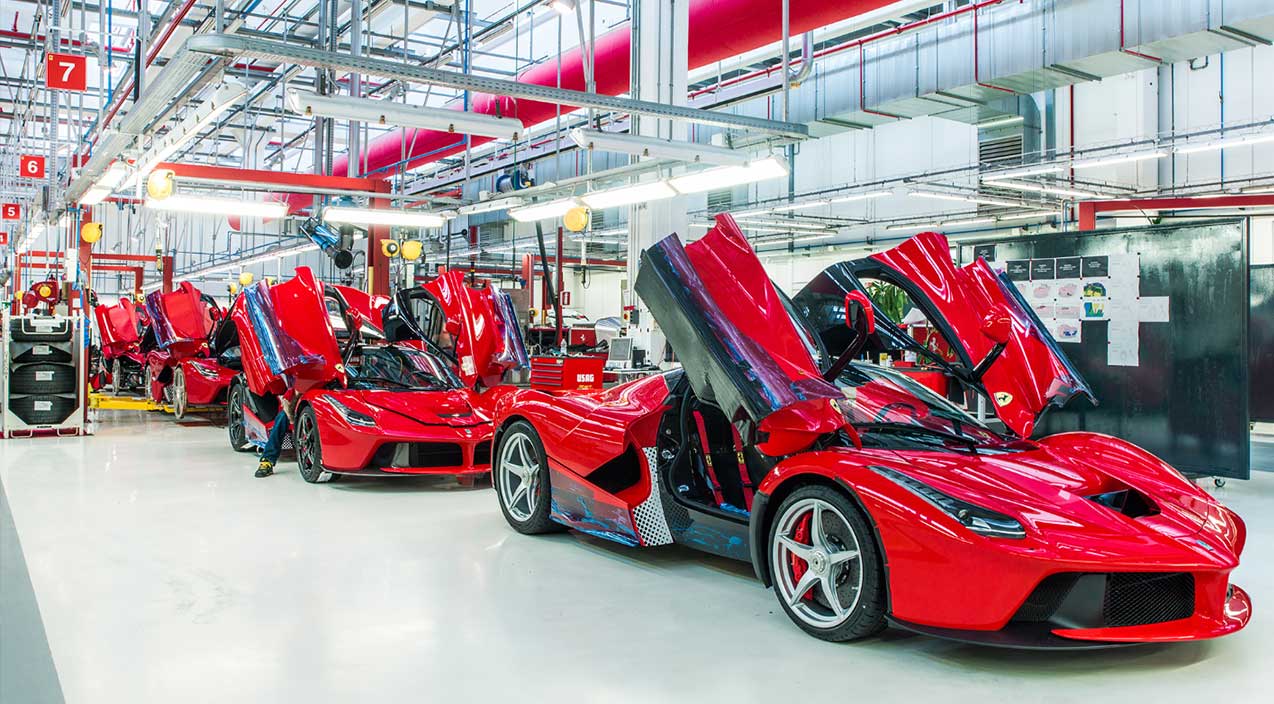High performance kite?VLOS for me is the most important safety rule we have. Its impossible to act safety using the typical technology and training around a consumer, off the shelf drone.
For safe BVLOS flying the drone needs to be able to interact with other airspace users (passively and actively), potentially controlling agencies and so on. Typically that means some sort of transponder (1 or 2 way) and an operator in direct contact with either the control agency for the airspace or at least a common radio channel for other users. If that isnt possible a pre-filed flight plan and NOTAM is needed to notify other users.
Google/amazon and other drones will likely have transponders and pre-cleared flight plans along with an operator with a phone or radio to ATC if needed. A consumer flying for leisure typically has none of these.
If you're outside VLOS you cant see other traffic or if you do, potentially cant get the drone down or out of the way fast enough. You have no depth perception to judge closure rates, distances or relative positions. You have absolutely no situational awareness what-so-ever.
You wont hear anything if your drone is 2 miles away. Even if its closer good luck hearing that low flying jet at 500kts or that paraglider that just crested a hill. Or the guys flying a high performance kite 1 mile from you.
The whole point of line of sight is to allow you to identify and mitigate risk and threats from airborne and ground based objects in the area. To do that, you need to be able to see exactly where the drone is in 3D space. The rules stem from Visual Flight Rules for manned aircraft.
If every drone operator was made to sit a lengthy course with an effective exam and made to liaise in real time with ATC for each flight combined with the drone having transponders you could make an argument for BVLOS. But for just regular hobby fliers who want to look at stuff 3 miles away with no pre-planning and permissions then no. Its a very bad idea.
Like the one in post #26?
Oh wait...a kite...with an engine?
Since when did kites come with engines?
They call those ultra lights.
BVLOS?
Well I definitely don't trust the video lag on one of the toy FPV drones on a standard wifi 5 feet away from me. Not suitable for trying to fly it especially behind a couple of thumbs with a device variable response time with a touch screen. That could be risky too. And then you try to drive with a 'hood on.
Straight R/C is the way to go on that. But if you use the mobile app you can't use the R/C...useless in my opinion.
I can just see those amazon deliveries complete with a bug zapper all over the boxes. The bugs come with the shipment for free. No extra charge.











